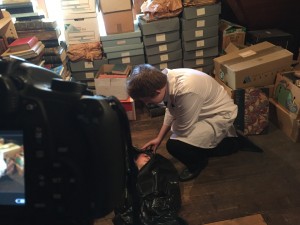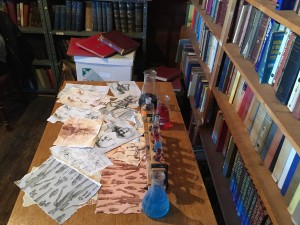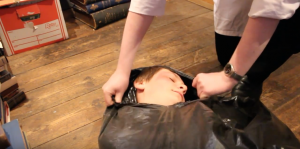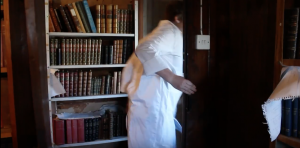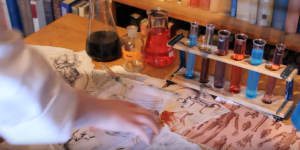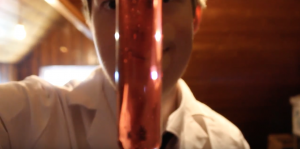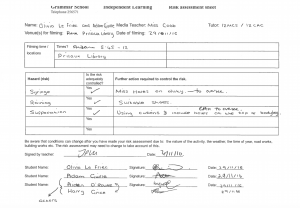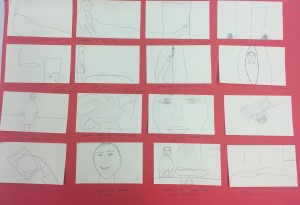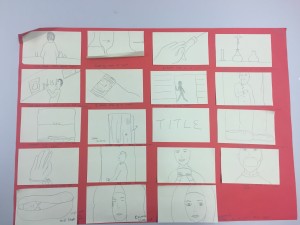We have now put all of our footage onto the computer. After viewing our footage we then had to create a narrative rough cut, to do that we put together clips with minor editing to create narrative sense and help us decide which clips to edit out in our draft one.
This has helped us to understand where to go next when we go to do fine editing because we know understand how the narrative works.
This is our final rough cut:
To improve when fine editing I need to:
- Use smoother transitions to help create a clearer narrative sense.
- Only use the best shots to keep the thriller exciting and intriguing to look at.
- Add diegetic and non diegetic sounds to add tension and create a overall distinctive atmosphere.
